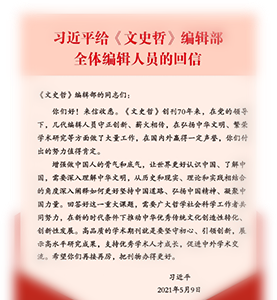册封是清鲜关系的重要基础。清朝利用册封巩固上国与属国之间的封贡关系,朝鲜受清朝的册封,获得王室的正统性,确保国内政治的稳定与军事上的安全。康熙六十年,朝鲜在国内激烈的党争中,请封延礽君李昑为世弟,而康熙三十五年,清朝曾据《明会典》中“待王与王妃年五十无嫡,始立庶长子为王世子”,拒绝过朝鲜请封世子。这次在北京的奏请也是困难重重,经过朝鲜使臣多方面的努力,最终考虑到维持朝鲜国内政治的稳定,康熙帝特准册封,但是也警告“兄弟继及,一时之权道”,强调王位继承的礼制问题。从请封到准封的过程表现出,清朝对朝鲜加强礼治,朝鲜对其以“礼的言说”应对,逐步置于以清朝为中心的“礼”之世界秩序。
The Tension of Rituals in Qing-Choson Relations: Focusing on Qing Emperor’s Installation of the Chosen King’s Successor in the Kangxi Period
Son Sung-wook
Qing emperor’s installation was an important foundation for the relationship between Qing empire and Choson dynasty. Qing empire used it to consolidate Qing-Chosen relations and the tribute system. Chosen dynasty obtained the legitimacy of royal family and political stability by it. In 1721, Chosen dynasty requested Qing empire to install Chosen king’s successor in serious political struggle. In 1696, Qing empire had rejected it. The reason was as follows: according to The Collected Statutes of the Ming Dynasty, the bastardy eldest son could become the king’s successor only when the king and queen had no legitimate eldest son over 50 years. Therefore the Chosen’s envoy had difficult in diplomatic activities for installation in Beijing. Emperor Kangxi finally considered political stability of Choson dynasty, especially allowed the installation of the King’s successor. However, he also warned that “brother’s succession to the throne is temporary convenience,” and emphasized the rite of succession to the throne. It shows that Qing empire used the rule by rites to control over Chosen dynasty. Chosen dynasty persuaded Qing Empire with ritual discourse, and was gradually incorporated into Qing-centered world order based on the rule by rites.


